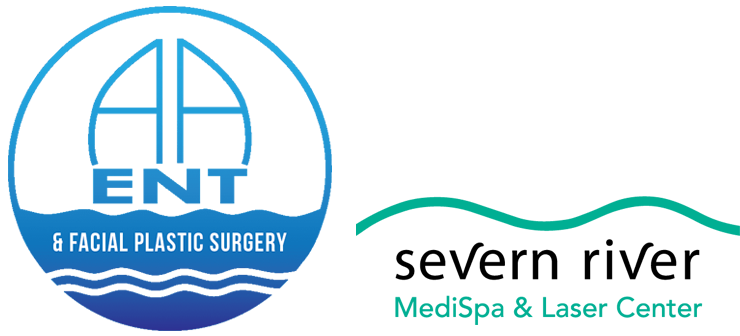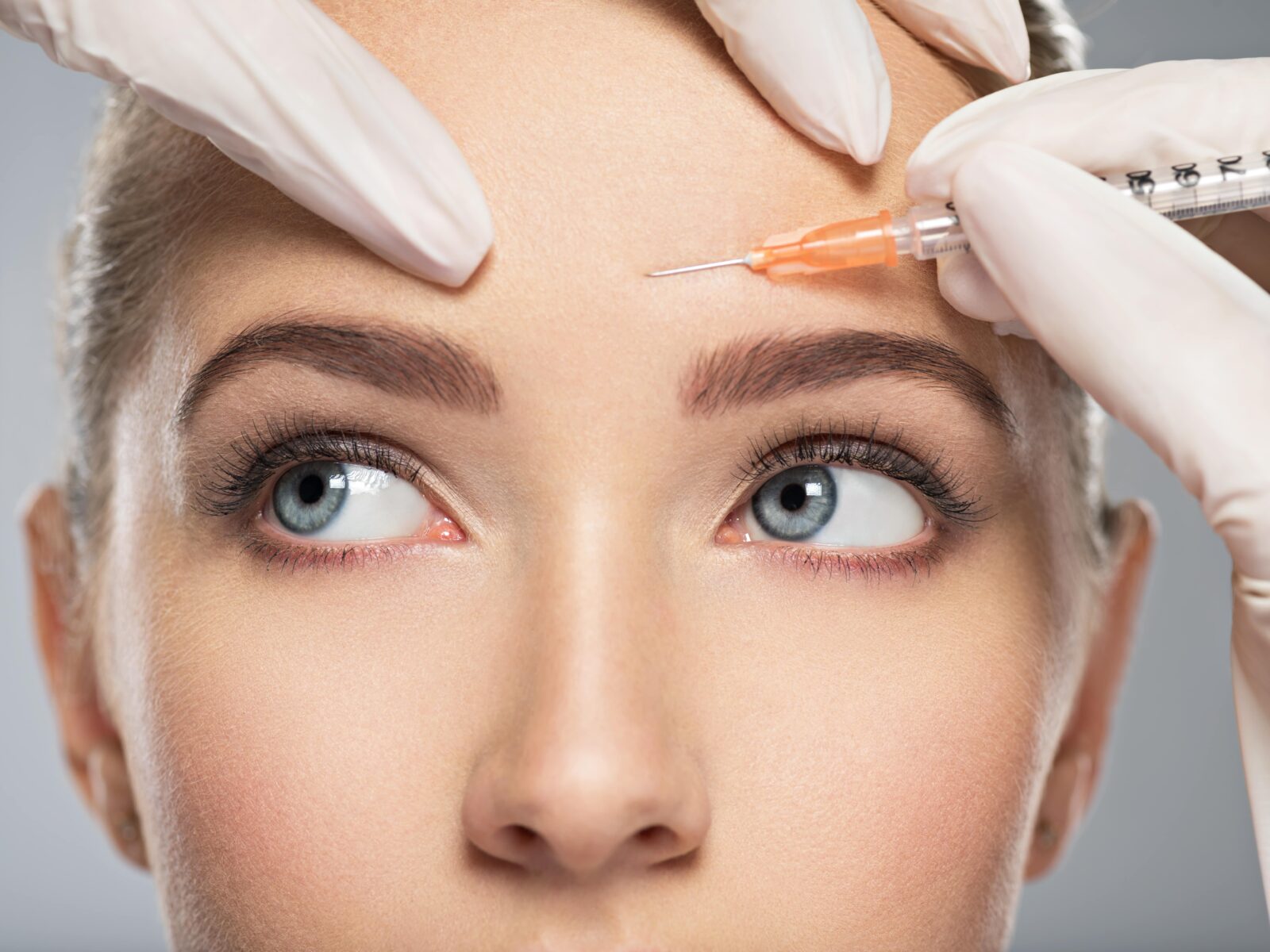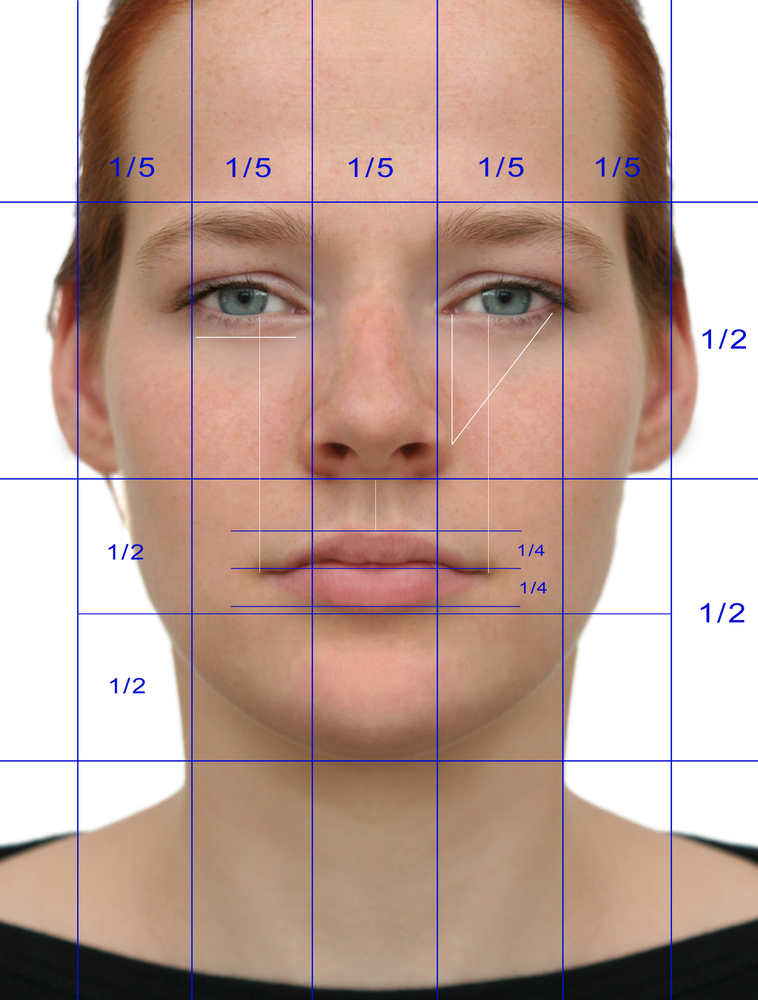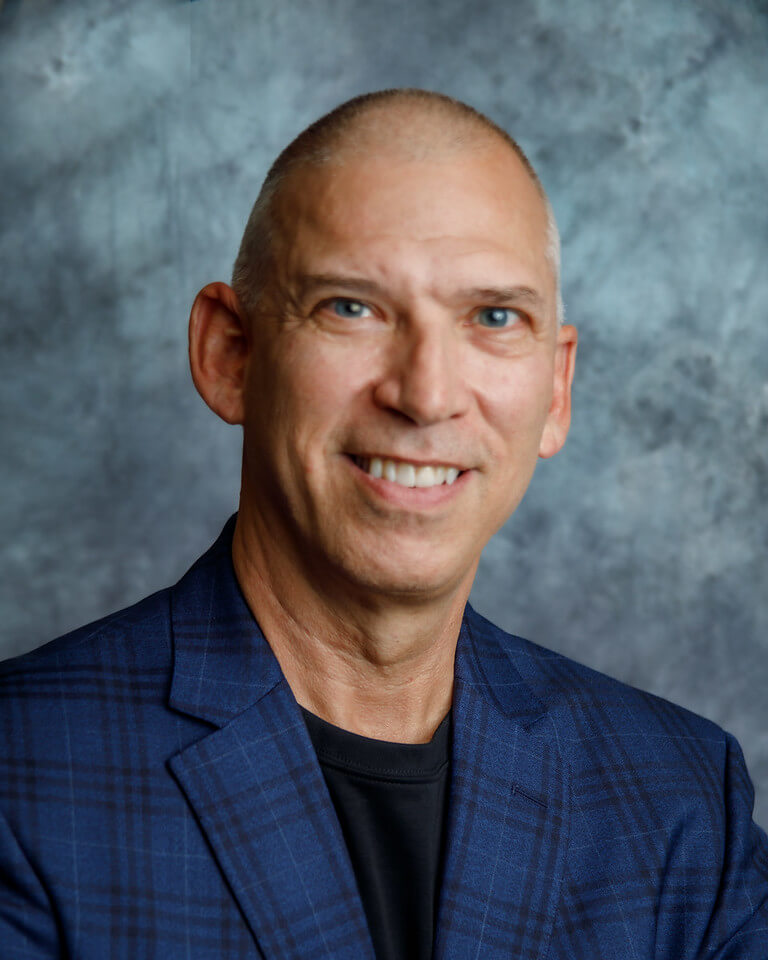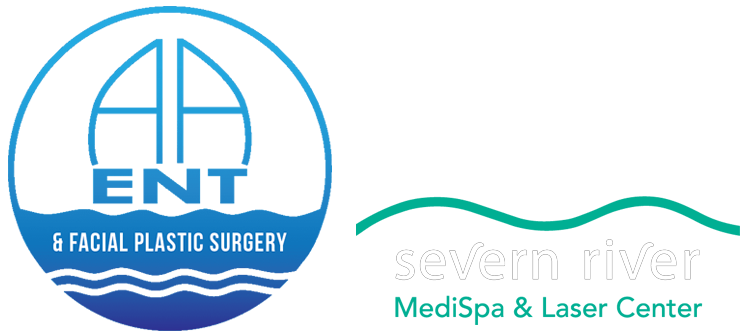The use of cosmetic injectables, such as Botox and dermal fillers, has become increasingly popular for individuals seeking to enhance their appearance and combat the signs of aging. However, questions often arise regarding the best age to start and when, if ever, to stop using these treatments. Understanding the role of age in the efficacy and safety of cosmetic injectables can help you make informed decisions about your skincare and aesthetic journey.
Starting Age: When to Begin Cosmetic Injectables?
There is no one-size-fits-all answer to the question of when to start using cosmetic injectables, as individual skin aging processes vary significantly. Generally, people begin to consider these treatments in their late 20s to early 30s, when the first signs of aging, such as fine lines or decreased skin elasticity, become noticeable.
Preventative Use
Increasingly, individuals are turning to injectables like Botox as a preventative measure to delay the onset of wrinkles. Starting small, preventative treatments in your late 20s or early 30s can help maintain skin smoothness and delay the appearance of deep lines, particularly in areas prone to expression lines, such as the forehead and around the eyes.
Tailored Approach
It’s crucial to consult with a qualified dermatologist or cosmetic surgeon who can assess your skin’s condition and recommend a personalized treatment plan. Factors such as skin type, lifestyle, and genetic predisposition to certain aging patterns should be considered when deciding to start injectable treatments.
Continuing Use: Maintenance and Adaptation
Once you start using cosmetic injectables, the question of how long to continue arises. The answer depends on personal goals, the natural aging process, and how the body responds to treatments over time.

Regular Maintenance
For those who begin injectable treatments, regular maintenance is typically recommended to sustain the desired effects. The frequency of treatments will depend on the type of injectable, with Botox typically requiring follow-up sessions every 3-6 months and dermal fillers lasting anywhere from 6 to 18 months.
Adapting to Aging
As you age, your skin’s needs and your aesthetic goals may change. It’s important to regularly reassess your treatment plan with your provider. Adjustments may be necessary to address new or evolving concerns, such as volume loss or changes in skin elasticity.
Stopping Use: Considerations and Alternatives
Deciding to stop using cosmetic injectables is a personal choice that may be influenced by various factors, including lifestyle changes, shifting beauty ideals, or the desire for a more natural aging process.
Natural Aging
Some individuals choose to embrace their natural aging process after years of cosmetic treatments, seeking alternative skin care methods to maintain their skin’s health.
Exploring Alternatives
For those who decide to move away from injectables, there are numerous alternative treatments and skincare advancements available, such as laser therapy, microneedling, and topical products with active ingredients designed to support skin health and appearance.
Conclusion
The decision to start, continue, or stop using cosmetic injectables is highly personal and should be made based on individual needs, goals, and the guidance of experienced professionals. Regardless of age, the key to using cosmetic injectables effectively lies in a tailored approach that respects the body’s natural aging process and maintains the overall health and integrity of the skin. Always consult with a healthcare provider to determine the most appropriate and safe treatment plan for your unique situation.
